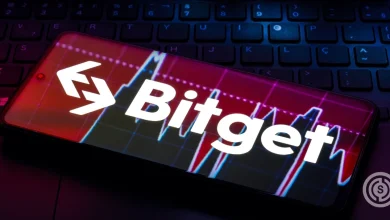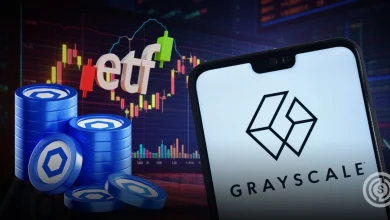ECB Considers Digital Euro on Ethereum or Solana Blockchains

Key Highlights:
- The European Central Bank (ECB) is open to possibility of deploying the digital euro on public blockchains.
- This shift comes as American stablecoins gain popularity, pushing Europe to protect its control over money in this digital age.
- There are several benefits of using public blockchains but it poses significant risks as well.
The European Central Bank (ECB) is reportedly considering accelerating the launch of the digital euro, potentially leveraging public blockchains like Ethereum or Solana. This marks a shift from private, permissioned ledgers toward open, decentralized blockchain infrastructure for Europe’s CBDC.

The Rising Importance of CBDCs in a Changing Financial Landscape
Central Bank Digital Currencies are shaking up how global finances work, they are aiming to increase payment speed, be more open towards financial inclusion, and are looking out at the monetary policy impact. The digital euro is the ECB’s flagship effort to give Europeans a digital version of the central bank money, which will complement cash and existing e-payments.
There has been a strong push to fast-track this project because the digital currency landscape is moving and shifting at a great speed. There has been a significant surge in the American stablecoins (digital dollars that run mainly on public blockchains like Ethereum) which has sparked a sense of worry in the European market over monetary control and financial stability in the long run. This is something that is nudging the regulators to rethink their approach and take actions accordingly.
Public vs. Private Blockchains: The ECB’s Strategic Dilemma
Recently, the ECB’s digital euro was planned on a private, permissioned blockchain where it is a closed network controlled by authorized participants. These systems are said to offer several benefits in compliance, privacy, and control, however, they tend to be a little slower and less transparent than public blockchains.
Now, since the nation is facing pressure from the rise of public blockchains and stablecoins, the ECB is rethinking its approach. It has been reported that ECB is now exploring the possibility of deploying the digital euro on public blockchain networks such as Ethereum and Solana.
Ethereum, the second-largest blockchain by market cap, is framed for its smart contract capabilities and active developer ecosystem. Solana is prized for high throughput, fast confirmations, and low fees, ideal for scalable payment applications.
Benefits of Public Blockchains for the Digital Euro
Moving the digital euro onto a public blockchain could unlock key advantages:
- Networks like Ethereum already connect with thousands of dApps, wallets, and exchanges, which allow the digital euro to plug directly into the wider digital economy.
- Public chains rely on decentralized validators. Through this, the censorship risks are lowered and it increases auditability, which is vital for building a sense of trust in a sovereign digital currency.
- Tapping into something that is already established can lead to faster innovation, from programmable money to new financial products.
- Instead of building a private system from scratch, it is better to leverage proven blockchains as it can cut costs and speed up rollout.
Even though there are several benefits of public blockchains, there remain a few hurdles. Few of these challenges include, safeguarding privacy on transparent ledgers and scaling to everyday payment volumes, to ensuring the ECB keeps monetary control and aligning Europe’s legal framework with decentralized infrastructure.
The Way Forward: Hybrid Models and Pilot Programs
Experts suggest that there is a possibility that ECB’s digital euro could land in a hybrid setup, blend in with public blockchain with permissioned oversight. Imagine the core CBDC ledger running privately for control, while public chains handle settlements or increase operability.
Before any big launch, the ECB is set to run deep tests and pilot projects, putting different blockchain models through their paces, checking speed, security, and compliance, before locking in the final design.
Also Read: Kanye West Launches $YZY Token on Solana-Hype or Pump-and-Dump?







